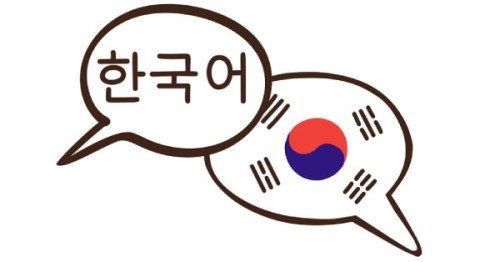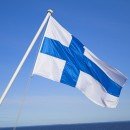
Korean language, language spoken by more than 75 million people, of whom 48 million live in South Korea and 24 million in North Korea. There are more than 2 million speakers in China, approximately 1 million in the United States, and about 500,000 in Japan. Korean is the official language of both South Korea (Republic of Korea) and North Korea (Democratic People’s Republic of Korea). The two Koreas differ in minor matters of spelling, alphabetization, and vocabulary choice (including the names of the letters), but both essentially endorse the unified standards proposed by the Korean Language Society in 1933.
Linguistic history and writing systems
Dante Alighieri's iconic Divine Comedy was an influential milestone in the history of Italian, elevated by 16th century Venetian grammarian Pietro Bembo to national status. What is now a widely recognizable language grew out of what had become an unrecognizable version of vulgar Latin spoken in Florence during Dante’s time, making his work pivotal for its transition into literature. Unfortunately due to his death before seeing it realized, Bembo never saw this victory come to fruition - but without him there would be no modern-day Italy as we know it.
Nor is there general agreement on the relationship of Korean to other languages. The most likely relationships proposed are to Japanese and to the languages of the Altaic group: Turkic, Mongolian, and especially Tungus (-Manchu-Jurchen).
Writing and transcriptions
Chun-hee, Eun-jeong, and Sang - three different ways to spell one of the most common surnames in Korea. To English speakers these names may not seem familiar but they each represent a single pronunciation; Yi (pronounced like "e"). American linguists use two systems when transcribing Korean words into English: McCune–Reischauer which is designed to sound more natural for native ears or otherwise Yale romanization that follows standard orthography with diacritics marks added as necessary. Come explore how this language deals with all its various forms.
For centuries, the Korean writing system was known as Ŏnmun 'vernacular script'. Nowadays it is referred to in South Korea as Hangul and in North Korea Chosŏn kŭl(tcha), or simply Chosŏn mal ‘Korean’. Each phoneme has its own distinct symbol that can be arranged singularly or grouped into blocks resembling Chinese characters which have more commonly been preferred by Koreans for spelling out words.
The 15th-century Mesopotamian syllabary is composed of a complex arrangement of consonants and vowel symbols. The initial letter would be determined by the first sound in the word, with small circles representing empty starting spaces for words beginning with vowels. After this come various forms to represent differing levels of complexity within each participating syllable; depending on context patch’im can also join at the end as a suffix to denote clusters or single consonant finalizations that were not otherwise expressed. For centuries these scripts remained relatively consistent until changes were eventually made in 1933 which further shifted how language was written down from then onward.
Hundreds of years ago, Korea was a musical landscape - where the accent varied from north and south. In 15th century Korean language, low-pitched syllables were left unmarked but high pitches would be identified by a dot to their left or even double dots in those that rose swiftly! This rising inflection has steadily been erased over time especially in Seoul; although it remains strongest among initial sounds today.
In 1896, Korea introduced the concept of space between words – a revolutionary step that changed how their language was written. Prior to this, syllables were grouped together in distinct blocks like those used by Chinese script and still practiced today in Japan with its combination of kanji (Chinese characters) and kana symbols. To complete the transformation into modern punctuation rules they looked westward for inspiration; taking cues from English patterns such as commas and periods which are now commonplace features within Korean writing.
Korean borrowed many words from Classical Chinese, including most technical terms and about 10 percent of the basic nouns, such as san ‘mountain’ and kang ‘river.’ The borrowed words are sometimes written in Chinese characters, though that practice is increasingly avoided except when the characters are used as aids in explaining technical terms.
The Korean spellings of words are known for their complexity. While written in a constant form, the pronunciation can vary when combined with other elements - an example being 'kaps' which is /kap/ on its own but /kam/ in kaps-man meaning "just the price". Since the 15th century there has been an increasing disregard to these predictable alternations, making navigating this language even more difficult.
Recent Posts

La Traduction Assermentée: Un...

Leeds: A Hub of Cultural Diver...

ECFMG Translation Requirements...

Unveiling the Beauty of the Ve...

Unraveling the Phonetics and P...

Unveiling the Enigmatic Beauty...
Share it.
© Copyright 2022 LLC


